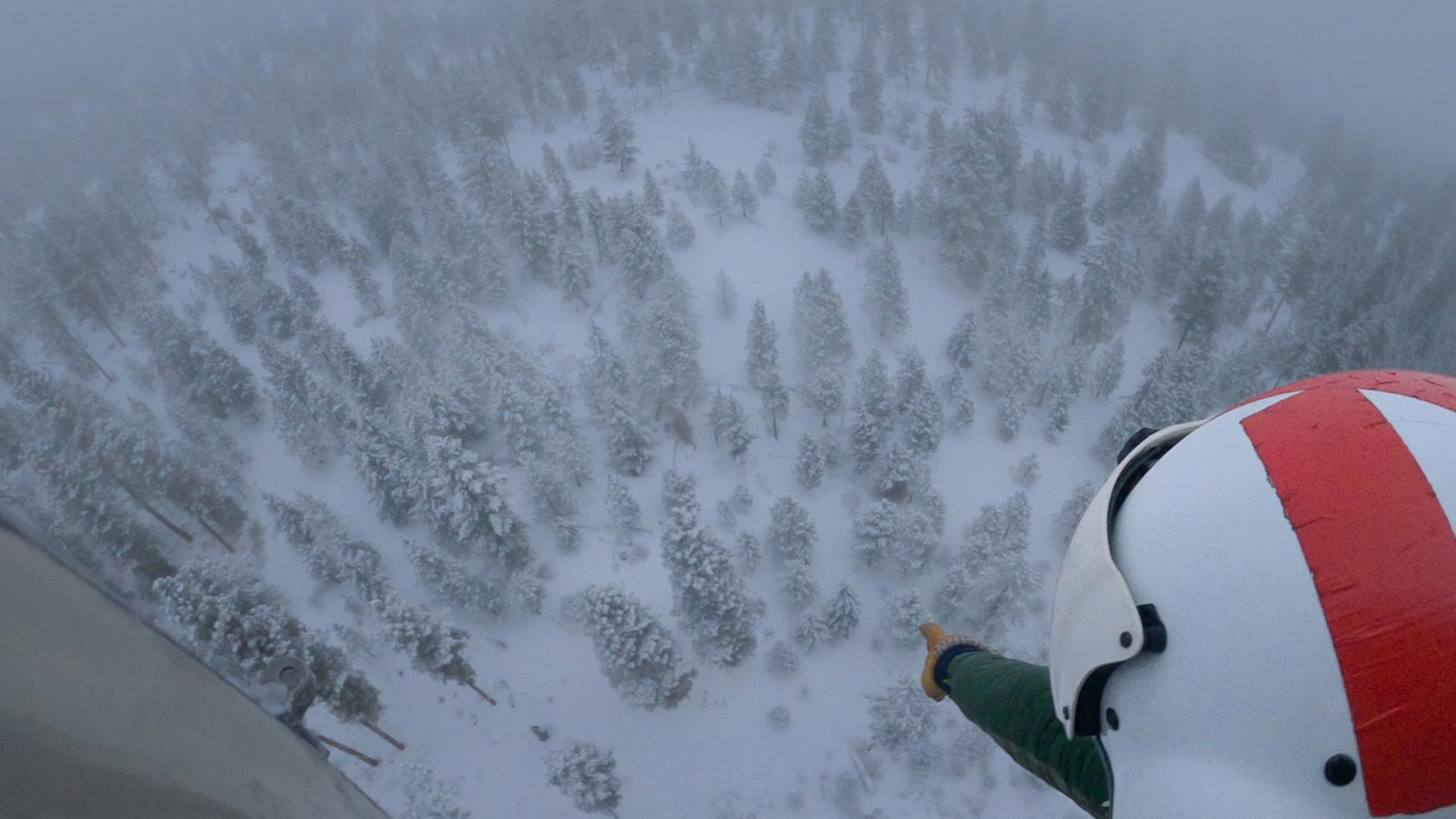
bioGraphic, Benjamin Drummond, Sara Joy Steele
Once common across most of Washington state, gray wolves declined rapidly between 1850 and 1900 as European-American settlers established farms and ranches throughout the region. By the 1930s, hunting, trapping, and poisoning had driven wolves to local extinction in the state. But early this century, thanks to recovering populations in Montana, Idaho, and British Columbia, wolves began making their way back into Washington—and with them, increased human-wildlife conflict. Now, biologists in the region are working tirelessly, taking on considerable personal risk, to ensure that gray wolves can once again coexist with humans in Washington.
- Runtime8 minutes
bioGraphic, Benjamin Drummond, Sara Joy Steele
Once common across most of Washington state, gray wolves declined rapidly between 1850 and 1900 as European-American settlers established farms and ranches throughout the region. By the 1930s, hunting, trapping, and poisoning had driven wolves to local extinction in the state. But early this century, thanks to recovering populations in Montana, Idaho, and British Columbia, wolves began making their way back into Washington—and with them, increased human-wildlife conflict. Now, biologists in the region are working tirelessly, taking on considerable personal risk, to ensure that gray wolves can once again coexist with humans in Washington.
- Runtime8 minutes
